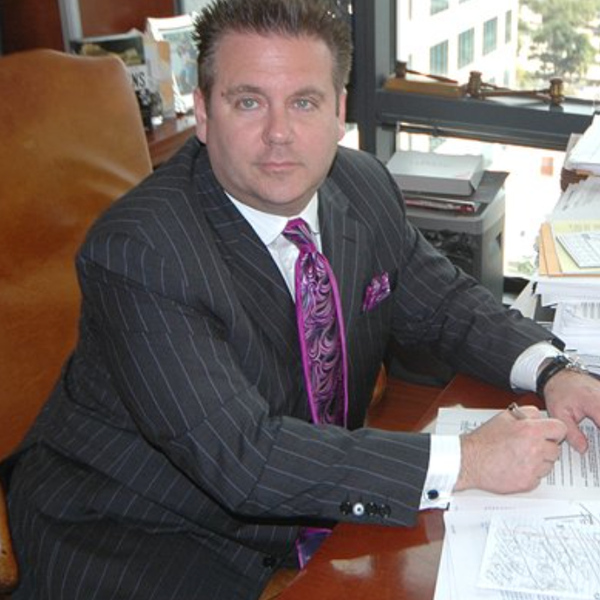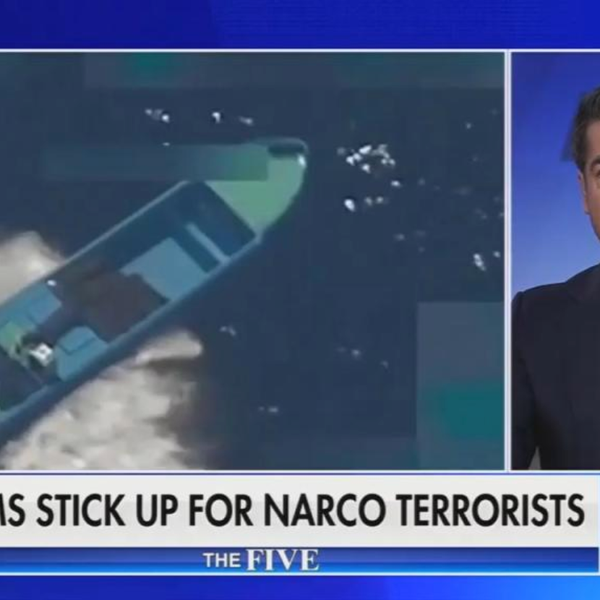Concealed-Carry Crazy: What Gun Lobbyists Mean When They Tout ‘Gun Safety’

Anyone who has paid even casual attention to pronouncements from the leadership of the National Rifle Association knows that they do not place a particularly high premium on facts or the truth. And while the news media get a passing grade for challenging the NRA on some of its most preposterous claims – the Obama administration is in cahoots with the U.N. to confiscate everyone’s guns — the gun lobby has largely gotten a free ride on gun safety.
Setting aside the fact that the NRA’s general legislative agenda is antithetical to the idea of public safety, consider CEO Wayne LaPierre’s claim that “no other organization in the world has spent more millions over more decades to keep Americans safe.” To many Americans, the NRA’s “family friendly” image rests on the safety and education efforts that are an integral part of its promotion of a culture of guns. These include everything from the “Eddie Eagle” coloring books it disseminates to school children, telling them to call an adult if they find a gun, to multiple courses on the safe use of firearms. The NRA calls itself “the world’s leader in firearm training,” and it may well be.
Yet it has never advocated any serious requirement that gun owners acquire even a modicum of proficiency in the actual handling or use of a firearm before being allowed to purchase one — because that would be “gun control.”
Every state in the union requires that a driver demonstrate some ability to keep a car on the road before receiving a driver’s license. But there is nothing in either federal or state law that requires an individual to have any knowledge of how to use a firearm before acquiring a single gun or a small arsenal. And it’s highly doubtful that the NRA’s eight-hour “Basic Pistol Shooting Course” or its “First Steps Pistol Orientation” class does much to prepare someone for a real-world armed confrontation.
The NRA’s position on gun safety really boils down to this pearl from LaPierre: “The presence of a firearm makes us all safer. It’s just that simple.”
Of course it’s never that simple. Ask the parents of the eight-year-old girl killed last week in Jefferson County, Tennessee, by her 11-year-old neighbor who used his dad’s 12-gauge shotgun to shoot the girl after she refused to let him see her puppy. Or ask the boy’s father if that shotgun made anyone safer.
Thanks to the Supreme Court’s 5-4 ruling in 2008 in District of Columbia v. Heller, it is now the right of every American to keep a gun in the home for self-defense, even if that weapon is more likely to be used in an accidental shooting, a suicide, or a domestic dispute. Encouraging untrained citizens to keep a firearm at home for their personal safety is one thing; but a major thrust of NRA lobbying for the past two decades has been to enact concealed-carry laws that send those same untrained, armed citizens into the public square — to schools, college campuses, national parks, restaurants, the workplace, and on public transport, including Amtrak trains. And that’s where any claim by the NRA to champion public safety really falls apart.
The NRA may talk about “responsible” gun ownership, yet it gleefully helps to arm people who have demonstrated neither the skill to use a weapon in a high-stress situation (or any other circumstance), nor any knowledge of the laws pertaining to the use of weapons. Nor does the NRA seem to care about the mental stability of those who carry concealed weapons. As far as the NRA is concerned, anyone is qualified to carry a concealed until proven otherwise. In 2011, LaPierre told the NRA’s national convention: “Every American wife and mother and daughter, every law-abiding adult woman should be trained, armed, and encouraged to carry a firearm for personal protection.”
Today, every state in the union has enacted a concealed-carry law. Most, sadly, follow the NRA model, including few if any training requirements or provisions that restrict permits to those citizens with a demonstrated need.
So in Virginia and Iowa, blind people can obtain concealed-carry permits. In Virginia and several other states, residents may qualify for a concealed-carry permit by completing an online “course” that is virtually impossible to fail. I qualified for a Utah concealed-carry permit – which would allow me to carry a concealed weapon in fully 35 states because of state “reciprocity” laws — by listening to a six-hour lecture at a Maryland rifle range where I was required neither to pass a written exam nor to fire a single bullet. The overwhelming majority of states also have no requirement that concealed-carry permit holders demonstrate any facility in the use of a firearm. In 18 states where live-fire training is mandatory, standards for passing are extremely weak, based on target shooting scores, which have little correlation to using a gun in a high-stress combat situation.
A Department of Justice study of local law enforcement training back in 2006 found that police departments required a median 60 hours of firearms instruction. Better than 90 percent also required some training in simulated stressful conditions and in night or reduced light conditions. But you won’t find any requirement of that sort in state laws for concealed-carry permits. Unlike police who are frequently required to undergo some sort of re-qualification program, few if any states require concealed-carry licensees to demonstrate any sort of competence to use guns over time. Some states automatically grant concealed-carry permits without any classroom or live fire training to anyone who has served in the military. Although concealed-carry licensees were never intended to replace police or to undergo the same training as police, a little training couldn’t hurt.
Thirty years ago, hardly anyone anywhere in the U.S. could legally carry a concealed weapon. By the early 1990s, promoting concealed-carry had become one of the NRA’s top legislative priorities. By the beginning of 2012, the Government Accountability Office estimated that 8 million citizens had obtained concealed-carry permits. Two years later, the decidedly pro-gun Crime Prevention Research Center estimated that at least 11 million Americans could legally pack heat when they walked the streets.
The NRA thinks this is a sign of great progress because all of these secretly armed, wannabe Rambos will come to the rescue of fellow citizens in distress and make the bad guys more wary of committing crimes. But do most Americans really feel safer with 11 million largely untrained would-be “law enforcers” on the streets?
Even with the best training, studies show that police have a very hard time hitting their intended targets. New York City’s Police Department has some of the best-trained officers in the country. But when 12 Brooklyn cops opened fire on a fleeing gunman last month, only one of 84 shots fired hit the suspect. In 2013, police in Times Square opened fire on a man after he reached into his pocket for what the cops thought might be a gun. Three shots were fired. One round hit a 54-year-old woman in the knee. Another grazed a 35-year-old woman’s buttocks. None hit the suspect.
A RAND Corporation evaluation of NYPD firearm training between 1998 and 2006 found that the average hit rate in gun fights was about 18 percent. Where there was no return fire, the hit rate went up to 30 percent.
Given this not-so-great record for the best-trained police, what should the public expect from wholly untrained civilians?
Earlier this week, a 47-year-old woman with a concealed-carry permit reportedly fired three shots at an SUV leaving a Home Depot parking lot in Michigan after witnessing one of the store’s security guards chasing two shoplifters who jumped into the vehicle.
Thanks to the NRA, we can all look forward to more illegal shootings like that one, by self-appointed citizen “police” who are unlikely to hit anything — except an innocent bystander.
Alan Berlow has written frequently about gun issues. He is the author of Dead Season: A Story of Murder and Revenge.
Photo: NRA Executive Vice President and Chief Executive Officer Wayne LaPierre speaks during the leadership forum at the National Rifle Association’s annual meeting Friday, May 3, 2013 in Houston. (AP Photo/Steve Ueckert)








